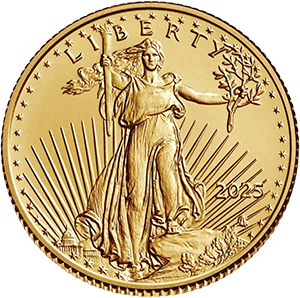
The California Gold Rush is widely considered one of the most significant events in American history, not just for its economic impact, but for the cultural shift it triggered. In 1848, the discovery of gold at Sutter's Mill in California set off a gold rush that would see over 300,000 people flock to the West, all hoping to strike it rich. But the consequences of this rush were far-reaching, influencing everything from the country’s economy to its identity.
The Discovery of Gold: A Nation’s Promise of Wealth
The discovery of gold in California was made by James W. Marshall at Sutter’s Mill in January 1848, sparking an unprecedented migration of fortune seekers, or “Forty-Niners,” to California. The Gold Rush promised a chance for ordinary people to acquire untold wealth. The sudden influx of prospectors and entrepreneurs changed the landscape of the American West forever.
The Rise of Gold Fever
As word spread, people from across the United States, and even from foreign countries, rushed to California in hopes of finding their fortune. In the process, the Gold Rush set the stage for the mass movement westward, shaping the future of America's economic development. This early gold fever was more than just about precious metals—it was about the American Dream itself, a vision of prosperity and possibility.
Economic Impact: The Shift Toward Gold-Centered Wealth
The Gold Rush rapidly accelerated the development of California's economy. New industries sprang up to support the influx of miners—everything from transportation to equipment manufacturing. The Gold Rush was also instrumental in the growth of the banking industry, which began offering loans for mining equipment and providing safe storage for gold. The promise of gold led to rapid infrastructure development, including the construction of roads and railroads, enabling California to integrate more fully into the national economy.
Gold Rush and Investment: The Start of America’s Precious Metals Market
Before the California Gold Rush, gold was already known for its intrinsic value, but it wasn’t yet viewed as a mainstream investment vehicle. The Gold Rush helped establish gold as a cornerstone of financial security, signaling the beginning of gold’s role in American investments. As the demand for gold surged, it paved the way for the modern precious metals market, influencing how we view gold today in terms of wealth preservation and investment.

